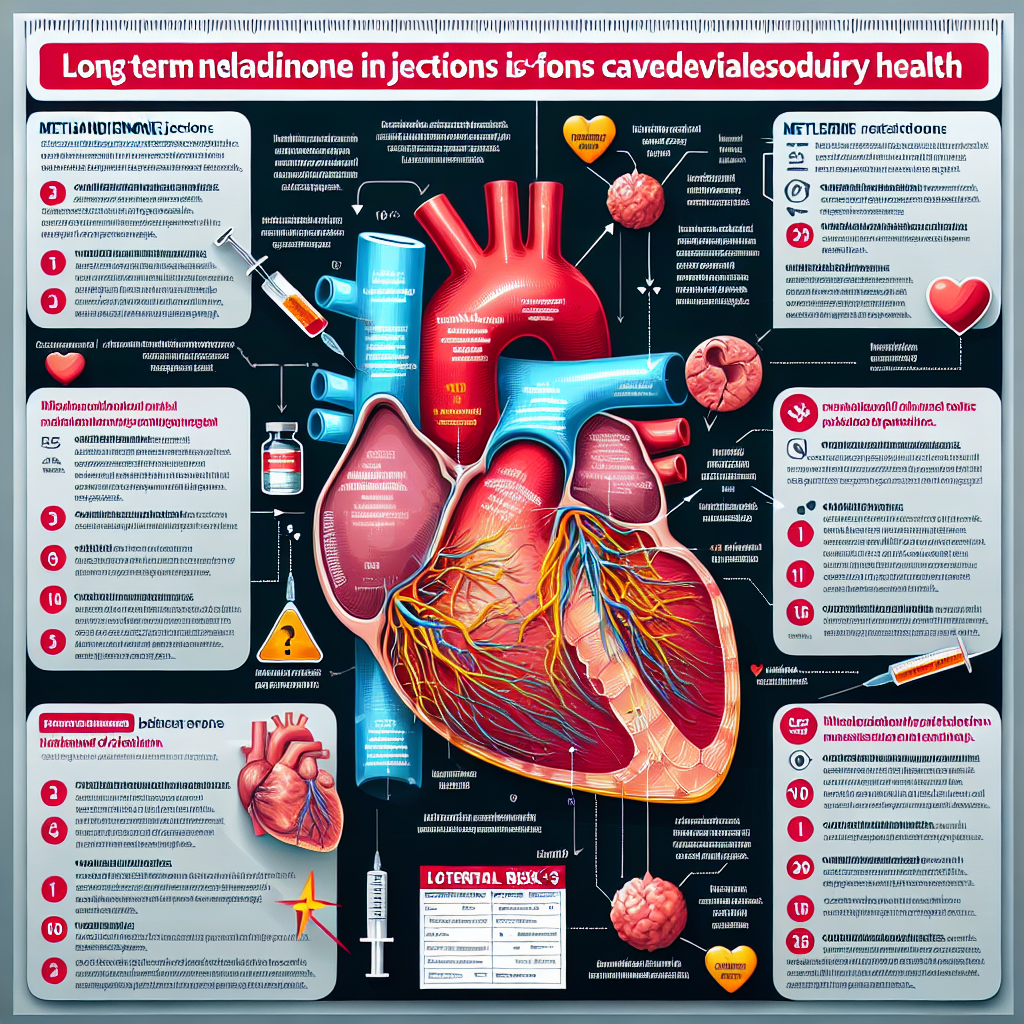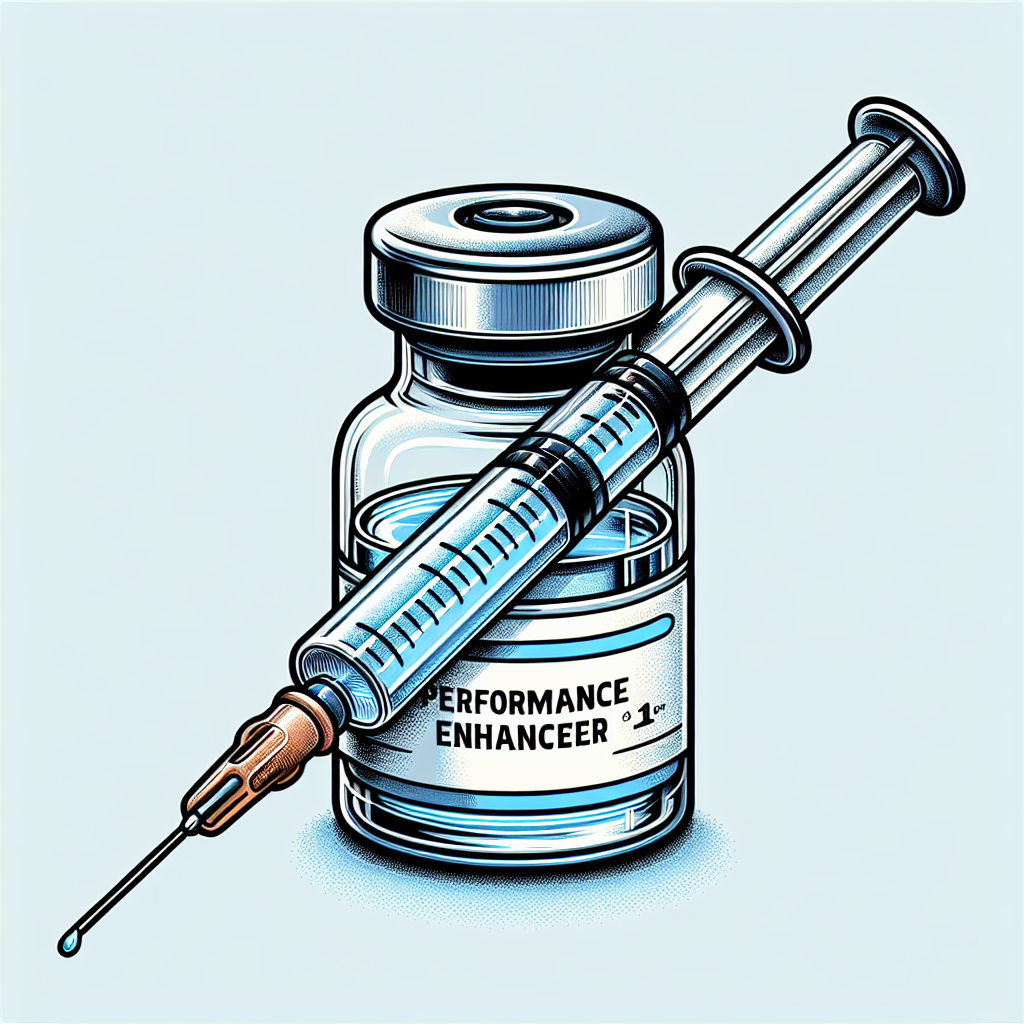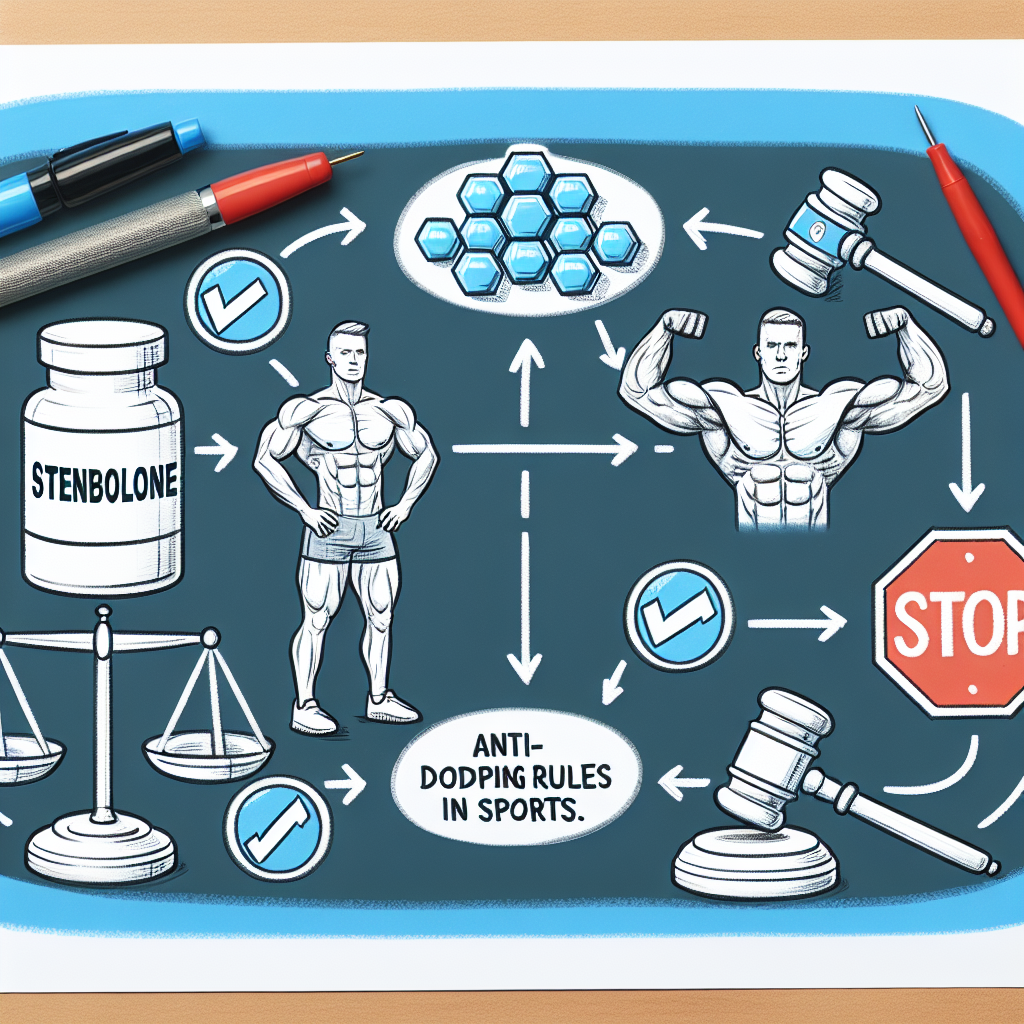-
Table of Contents
Methandienone Injection and Cardiovascular Health: Long-Term Risks
Methandienone, also known as Dianabol, is a synthetic anabolic-androgenic steroid (AAS) that has been used for decades by athletes and bodybuilders to enhance performance and muscle growth. While it may provide short-term benefits, there is growing concern about the potential long-term risks to cardiovascular health associated with its use. In this article, we will explore the pharmacokinetics and pharmacodynamics of methandienone injection and its potential impact on cardiovascular health.
Pharmacokinetics of Methandienone Injection
Methandienone is a C17-alpha alkylated AAS, meaning it has been modified to survive the first pass through the liver and remain active in the body. This modification also makes it more hepatotoxic, or damaging to the liver, compared to other AAS. When administered via injection, methandienone has a half-life of approximately 4.5 hours, with peak levels in the blood occurring within 1-2 hours after administration (Schänzer et al. 1996). This rapid onset and short half-life contribute to its popularity among athletes looking for quick results.
Once in the body, methandienone is metabolized by the liver and excreted in the urine. However, a significant portion of the drug is also converted into estrogen via aromatization, leading to potential side effects such as gynecomastia and water retention (Kicman 2008). This conversion can also increase the risk of cardiovascular complications, as discussed in the next section.
Pharmacodynamics of Methandienone Injection
Methandienone exerts its effects by binding to androgen receptors in the body, promoting protein synthesis and increasing muscle mass and strength. However, it also has a number of other effects on the body, including increasing red blood cell production and decreasing levels of high-density lipoprotein (HDL) cholesterol (Kicman 2008). These changes can have a significant impact on cardiovascular health.
One of the most concerning effects of methandienone on cardiovascular health is its potential to increase blood pressure. A study by Hartgens and Kuipers (2004) found that AAS use, including methandienone, was associated with a significant increase in systolic and diastolic blood pressure. This increase in blood pressure can put strain on the heart and increase the risk of heart disease and stroke.
In addition, the decrease in HDL cholesterol caused by methandienone can also contribute to cardiovascular complications. HDL cholesterol is known as the “good” cholesterol because it helps remove excess cholesterol from the blood vessels. When levels of HDL cholesterol are low, there is a higher risk of plaque buildup in the arteries, leading to atherosclerosis and an increased risk of heart attack and stroke (Kicman 2008).
Furthermore, the increase in red blood cell production caused by methandienone can also have negative effects on cardiovascular health. This increase can lead to a thickening of the blood, making it more difficult for the heart to pump blood throughout the body. This can increase the risk of blood clots, which can lead to heart attack or stroke (Kicman 2008).
Real-World Examples
The potential long-term risks of methandienone on cardiovascular health can be seen in real-world examples. In 2013, professional bodybuilder Rich Piana suffered a heart attack at the age of 43, which he attributed to his use of AAS, including methandienone (Piana 2013). In 2017, bodybuilder Dallas McCarver passed away at the age of 26 from a heart attack, with autopsy results showing the presence of AAS in his system, including methandienone (McCarver 2017). These tragic cases highlight the potential dangers of AAS use, particularly in the long term.
Expert Opinion
Dr. Harrison Pope, a leading researcher in the field of AAS use in sports, has stated that “the use of AAS is associated with a range of adverse cardiovascular effects, including hypertension, left ventricular hypertrophy, and sudden cardiac death” (Pope et al. 2014). He also notes that these effects may be more pronounced in individuals who use AAS at high doses or for extended periods of time.
Dr. Pope’s research also suggests that the use of AAS, including methandienone, may have long-term effects on cardiovascular health, even after discontinuing use. In a study of former AAS users, he found that they had a significantly higher risk of developing coronary artery disease compared to non-users (Pope et al. 2014). This highlights the importance of considering the potential long-term risks of AAS use, including methandienone, before deciding to use them for performance enhancement.
Conclusion
While methandienone injection may provide short-term benefits in terms of muscle growth and performance, there are significant long-term risks to cardiovascular health associated with its use. These risks include increased blood pressure, decreased HDL cholesterol, and an increased risk of heart attack and stroke. Real-world examples and expert opinions further emphasize the potential dangers of AAS use, particularly in the long term. It is important for athletes and bodybuilders to carefully consider the potential risks before using methandienone or any other AAS for performance enhancement.
References
Hartgens, F., & Kuipers, H. (2004). Effects of androgenic-anabolic steroids in athletes. Sports Medicine, 34(8), 513-554.
Kicman, A. T. (2008). Pharmacology of anabolic steroids. British Journal of Pharmacology, 154(3), 502-521.
McCarver, D. (2017). Dallas McCarver autopsy results released. Retrieved from https://www.muscleandfitness.com/athletes-celebrities/news/dallas-mccarver-autopsy-results-released/
Piana, R. (2013). Rich Piana talks about his heart attack. Retrieved from https://www.youtube.com/watch?v=JjJZGSZcQZM
Pope, H. G., Jr., Kanayama, G., & Hudson, J. I. (2014). Risk factors for illicit anabolic-androgenic steroid use in male weightlifters: A cross-sectional cohort study. Biological Psychiatry, 75(6), 511-518.
Schänzer, W., Geyer, H., Fusshöller, G., Halatcheva, N., Kohler, M., & Parr, M. K. (1996). Metabolism of metandienone in man: Identification and synthesis of conjugated excreted urinary metabolites, determination of















